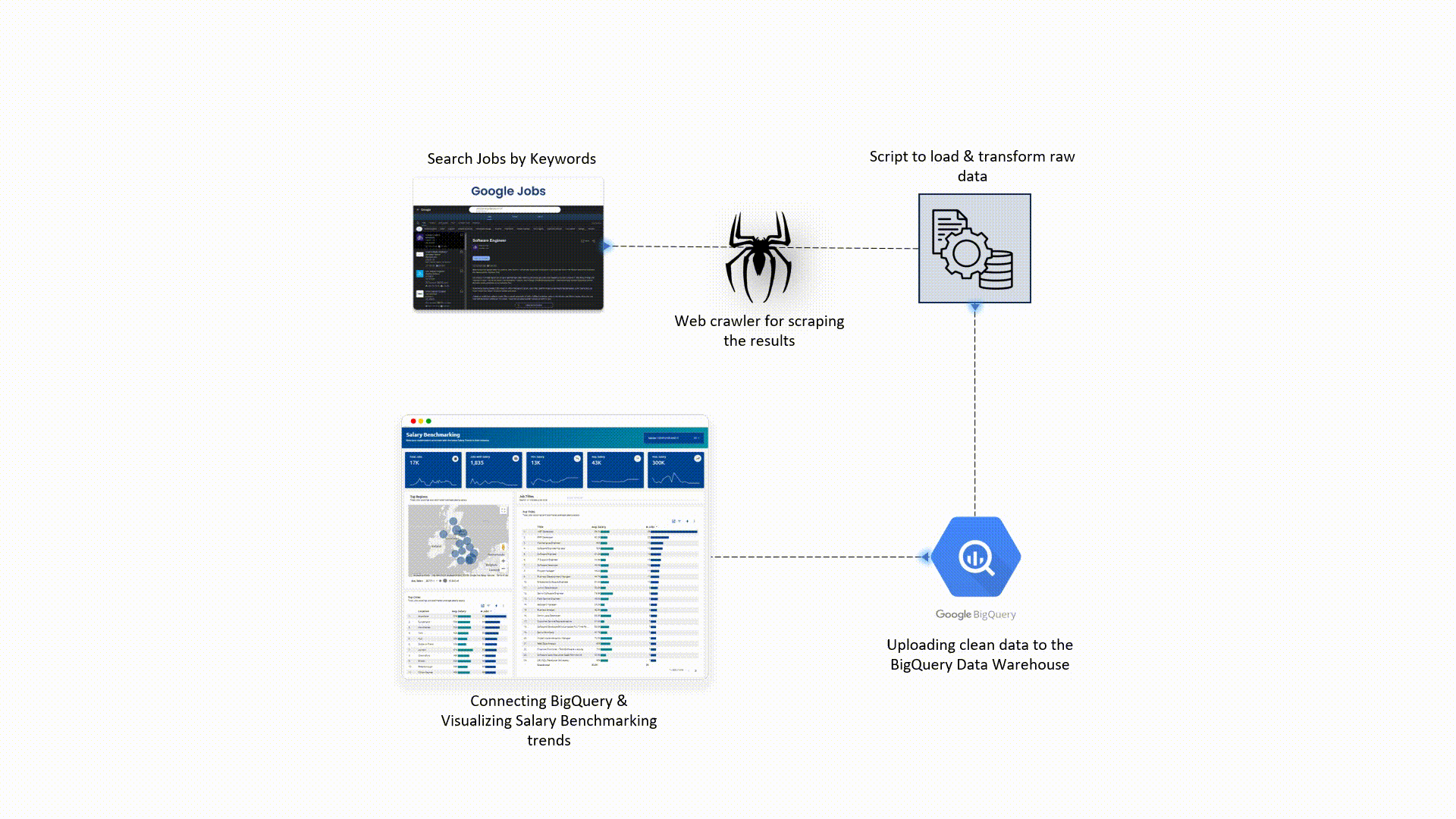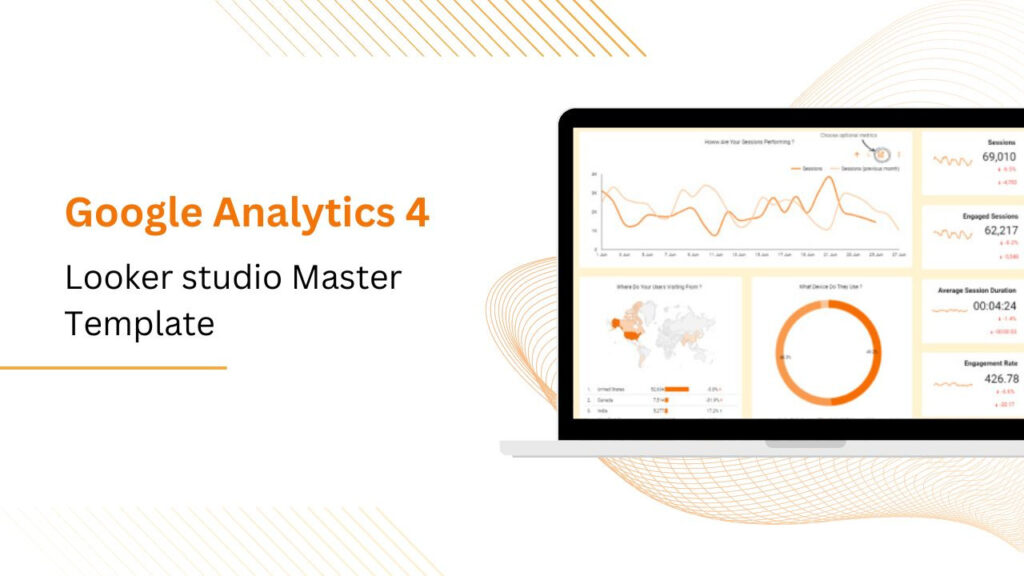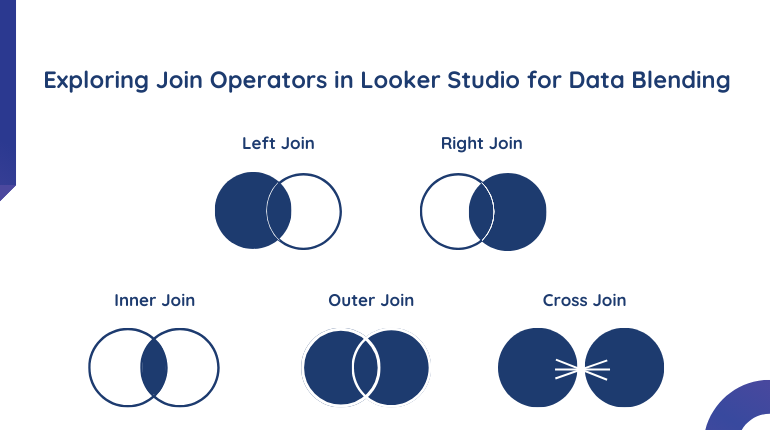
If you want to attract and retain the best talent, ensuring your compensation packages are competitive is essential. Offering salaries that fall short can deter top candidates and lead to talent drain. However, accurately gauging market rates can be a challenge. The solution? Compensation benchmarking.
In this article, we’ll explore the significance of salary benchmarking and why it’s a critical tool for your business. We’ve provided a detailed, step-by-step guide to help you effectively benchmark your salaries, ensuring that you can consistently attract and retain top talent to drive your organization forward.
Inside this article:
- What is Compensation Benchmarking?
- Why is Compensation Benchmarking Important?
- How do you Conduct Salary Benchmarking?
- How does our Salary Benchmarking tool works?
- Benefits of Salary Benchmarking
- Best Practices and Tips for for Effective Compensation Benchmarking
- What are some of the Best Salary Benchmarking Tools?
What is compensation benchmarking?
Compensation benchmarking, often referred to as salary benchmarking, is an organization’s strategic practice to evaluate and align their compensation packages with those offered by peer companies in the same industry or geographic region. This process is crucial in ensuring an organization’s compensation structure remains competitive and attractive to current and potential employees.
To execute effective Compensation analysis, organizations turn to various sources for precise and up-to-date job market data. These sources commonly include compensation surveys, Job boards, Job aggregators, and Company pages, including LinkedIn, government labor databases, and the expertise of compensation consultants.
Factors influencing compensation benchmarking consist of:
- Industry: Different industries have distinct pay scales.
- Geographic Location: Salaries vary by region due to cost of living disparities.
- Company Size: Larger organizations often offer higher salaries.
- Education Levels: Advanced degrees can lead to increased compensation.
- Cost of Living: Adjustments are made to salaries based on regional living costs.
- Responsibilities: The scope of job duties impacts salary levels.
- Specialized Credentials: Certain certifications or skills command higher pay.
Why is compensation benchmarking important?
Compensation analysis is essential for several reasons:
- Competitive Edge: It ensures that your organization offers competitive salaries with other companies in your industry. This makes your job offers more appealing to top talent and helps recruitment.
- Retention: Salary benchmarking helps retain valuable employees by ensuring their compensation remains in line with market standards. Employees who feel fairly compensated are less likely to seek opportunities elsewhere.
- Fairness: It promotes fairness within the organization by providing a transparent basis for compensation decisions. Employees are more likely to trust the fairness of the pay structure when it’s benchmarked against external data.
- Cost Control: Compensation analysis helps manage labor costs effectively. It ensures you don’t overpay for talent while attracting the best candidates for your positions.
- Compliance: In some regions, compliance with legal and regulatory requirements regarding pay equity is mandatory. Wage assessment ensures that your organization adheres to these regulations.
How do you conduct salary benchmarking?
Salary benchmarking involves a systematic process to ensure your organization’s compensation remains competitive in the job market. Here are eight essential steps to conduct a Pay scale comparison effectively:
- Define Your Objectives:
Start by clearly determining the goals and objectives of your salary benchmarking effort. Are you looking to attract top talent, retain existing employees, or ensure compliance with industry standards? Understanding your objectives will guide the entire process.
- Identify Benchmark Jobs:
Determine which job roles within your organization you want to benchmark. Focus on key positions critical to your business success and where competitive compensation is vital.
- Select Reliable Data Sources:
Choose trustworthy sources of data for benchmarking. Common sources include industry-specific salary surveys, compensation databases, government labor statistics, job boards, job aggregators and insights from compensation consultants. Ensure that the data is up-to-date and relevant to your industry and location.
- Gather Job Information:
Collect detailed information about each benchmarked job, including job descriptions, responsibilities, required skills, and experience levels. This information is crucial for comparing roles accurately.
- Establish Salary Ranges:
Based on the data analysis, create competitive salary ranges or bands for each benchmarked job. These ranges should encompass the market value of each role to ensure you can attract and retain top talent.
- Review and Adjust Internal Salaries:
Compare the current salaries of your employees in benchmarked roles with the established salary ranges. Identify any discrepancies and make adjustments as needed to align with market rates. This may involve salary increases or other compensation adjustments.
- Monitor and Maintain:
Implement a system for regular monitoring and maintenance of your salary data evaluation. Market conditions and compensation trends change over time, so it’s crucial to keep your salary ranges up-to-date to remain competitive.
How does our salary benchmarking tool works?
The salary benchmarking tool’s data pipeline is designed to provide valuable insights into job salaries and is seamlessly integrated with a Looker Studio dashboard. The pipeline encompasses several stages to ensure the efficient collection, processing, and presentation of salary-related data. Here is an expanded description of each component:
- Google Jobs:
The data pipeline begins with the source of job-related data, which is Google Jobs. This platform is the initial data repository, housing a wealth of job listings from various sources.
- Scheduled Crawler to Scrape Jobs with Filtered Keywords:
To extract relevant job data, a scheduled crawler is employed. This crawler systematically navigates through Google Jobs, filtering listings based on predefined keywords. This ensures that only job postings of interest are considered for further processing.

- Python Script on Server to Extract Raw Data, Transform, and Load (ETL):
The extracted job data, in its raw form, is then handed over to a Python script running on a server. This script plays a pivotal role in the ETL process.
Extraction: It extracts structured data from the web pages scraped by the crawler.
Transformation: Data is transformed to ensure consistency and relevance. This may involve cleaning, structuring, and enriching the data.
Loading: Transformed data is loaded into a designated storage or database, which, in this case, is Google BigQuery.
- Incoming Data Stored in BigQuery Table:
Google BigQuery serves as the primary storage solution for the processed job data. It provides a scalable and high-performance environment for storing and querying large datasets.
- Staging Table with Aggregated Rows (Scheduled Query):
To further enhance data analysis and reporting capabilities, a scheduled query is executed in BigQuery. This query generates a staging table that aggregates rows of data. This aggregation can involve summarizing job data based on various criteria, such as job roles, locations, and companies.
- Looker Studio Dashboard Integration:
The aggregated staging table is seamlessly integrated into a Looker Studio dashboard. Looker provides a user-friendly interface for creating and sharing data visualizations and insights.
- Salary Insights for Different Job Roles in Different Locations, Companies, etc.:
The Looker Studio dashboard becomes the portal through which users can access salary insights. Users can explore and analyze salary data for various job roles, locations, companies, and other relevant parameters.
Insights may include salary benchmarks, trends, and comparisons, enabling users to make informed decisions related to compensation and hiring strategies.
Benefits of Salary Benchmarking
If you’re worried that salary benchmarking takes too much time, here are the advantages to keep in mind:
- Competitive and Fair Salaries: Make sure your employees are paid fairly compared to others.
- Fairness and Transparency: Use clear and fair rules for how you pay people.
- Cost Management: Effectively manage labor costs.
- Top Talent Attraction and Retention: Attract top talent and retain valuable employees.
- Positive Workplace and Engagement: Make your workplace a happy place where people like to work.
- Long-Term Financial Sustainability: Help your company stay strong and competitive for a long time.
Best practices and tips for effective compensation benchmarking
Getting salary benchmarking right can be quite a challenge, but we’ve got some practical tips to make it easier for you:
- Define Clear Objectives: Start by defining your benchmarking goals. Understand what you want to achieve and what specific aspects of compensation you want to benchmark.
- Choose the Right Peers: Select companies that closely resemble your organization’s size, industry, and location to ensure relevant comparisons.
- Collect Comprehensive Data: Gather data not only on base salaries but also on bonuses, benefits, and other forms of compensation to get a holistic view.
- Verify Data Sources: Ensure the reliability and timeliness of your data sources. Rely on reputable sources that regularly update their information.
- Analyze Market Trends: Stay informed about industry and market trends to make informed decisions and adapt to changes.
- Document Your Process: Maintain thorough records of your benchmarking process to ensure transparency and provide a reference for future decisions.
What are some of the Best Salary Benchmarking Tools?
Compensation benchmarking can be a complex task, but there are tools available that can simplify the process for you.
Powermetrics offers custom solutions for employing cutting-edge web scraping techniques to collect salary data from trusted sources. These sources include job boards, job aggregators, company pages, and LinkedIn.
We’ve seamlessly integrated our data pipeline with Google BigQuery, a robust and high-performance data warehousing solution, to further enhance our data analysis capabilities.
Feeling anxious about accomplishing this task? Rest assured, we're here to manage every aspect
Conclusion:
To sum it up, compensation benchmarking is a crucial tool for companies. It helps them figure out fair and competitive pay for their employees. This fair approach motivates workers and prevents any unfair treatment. This leads to happier employees and better business outcomes, making salary benchmarking a must for companies.




